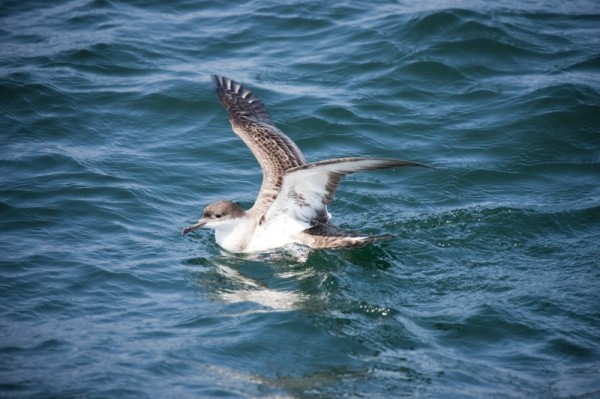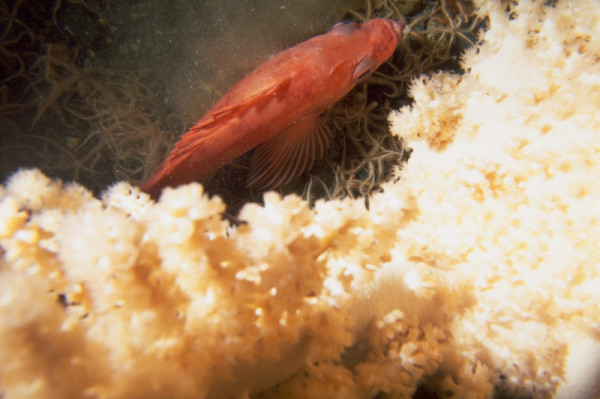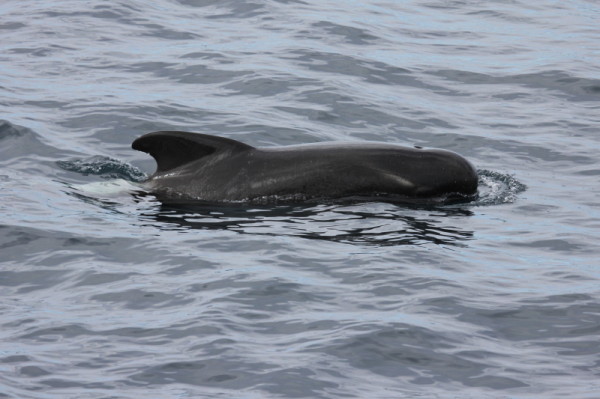The Gully: An East Coast Natural Wonder Turns 10
Some 200km off the coast of Nova Scotia lies one of Canada’s natural wonders – an underwater canyon that dwarfs the Grand Canyon! This canyon is called the Sable Gully and it’s actually the most prominent underwater geological feature on all of the east coast of North America.
This amazing structure has a profound influence on the ecosystem off eastern Canada and, because of this, 10 years ago today, the Gully was established as Canada’s first East Coast Marine Protected Area, only the second in Canada at that point.
This designation was a huge conservation success. Not just from the perspective of protecting such an amazing area and the wildlife within, but also because it demonstrates how successful a cross-sector approach to ocean conservation can be. In order to protect the Gully, people from many different walks of life – academia, non-government organizations, government and industry – all worked together to ensure this area was protected.
This area has a very special place in my heart. I was very fortunate to have spent several years bobbing on a sailboat on the surface of the Gully studying the deep-diving northern bottlenose whales with Dr. Hal Whitehead at Dalhousie University. I was able to see firsthand how magnificent this area is and the amazing wealth of species it supports.
No one can tell you about this area better than Hal. As one of the world’s foremost authorities on whales, Hal started studying northern bottlenose whales living in the Gully in 1988, which makes him one of the first people to study a wild population of living beaked whales anywhere in the world.
As Hal eluded to, besides this amazing population of whales, the Gully is also home to a much wider diversity of species.
At the surface we’ve observed a wide variety of beautiful seabirds including the greater shearwaters and blackback gulls, fulmars and, one of the most amazing diving seabirds, the northern gannet.
Throughout the water column, there’s a huge variety of fish, ranging from commercially important swordfish and bluefin tuna. Endangered leatherback sea turtles are also at home here, as are many species of shark.
At the deepest reaches of the Gully, you’ll find some of the most beautiful and delicate animals on the planet – cold water corals and sea pens. The Gully contains some of the highest diversity of corals in all of Atlantic Canada. Approximately 30 different species have been identified to date and their intricate colonies create a forest on the seafloor filled with millions of habitats for other animals.
And of course, no part of the Gully goes unused – even the muddy bottom is rich with bottom-dwelling animals – being filled with marine worms, starfish, anenomes, and molluscs as well as crabs, octopi and fish like abyssal skates.
Above all of this, a wide diversity of other cetaceans also use the Gully. Pilot whales, orcas, humpback whales and many species of dolphins pay regular visits. Other deep diving whales, like the sperm whale and Sowerby’s beaked whale, are also permanent residents of this canyon.
© Natalie Bowes / WWF-Canada
One of the most awe-inspiring animals on the entire planet also calls the Gully home – the endangered blue whale – which, at a staggering 80-90 feet in length, is the largest animal ever to live on the planet! A natural wonder in itself, this magnificent animal is an amazing sight to behold.
So we should be celebrating, right? Most definitely, however, there is also reason to be concerned. Seismic exploration may soon be taking place on the border of this MPA and threatening the wondrous life within.
Simply put, loud seismic testing has no place in or around a critical habitat like the Gully, particularly when we don’t fully understand how it will impact fragile species like endangered northern bottlenose whales.
For me, the Gully’s 10th Anniversary will be a quiet celebration, one that puts conservation first and continues to champion an area that’s routinely been described as a jewel in Canada’s ocean crown.






